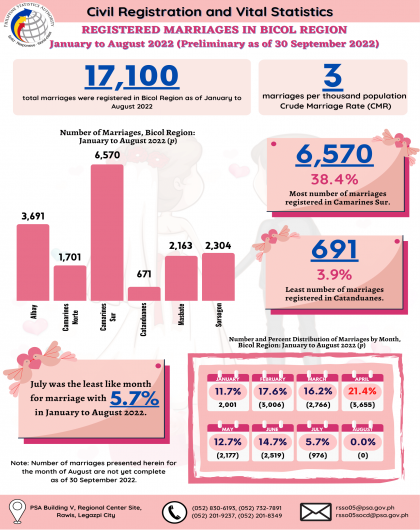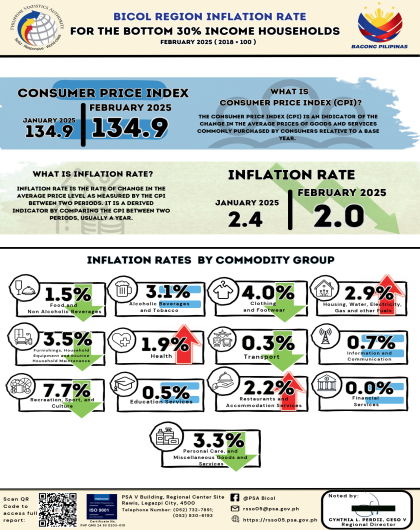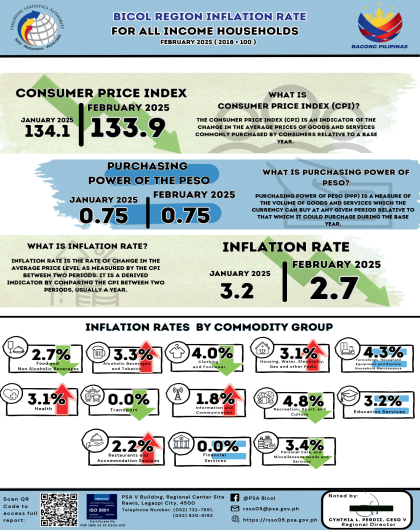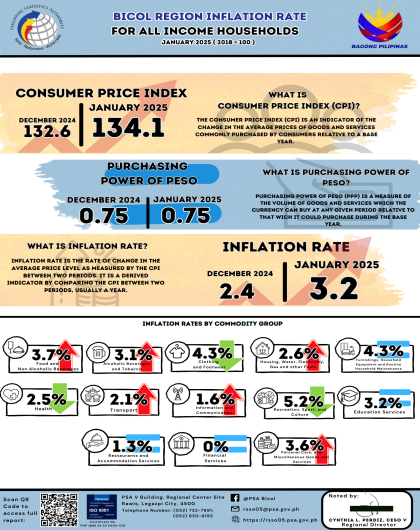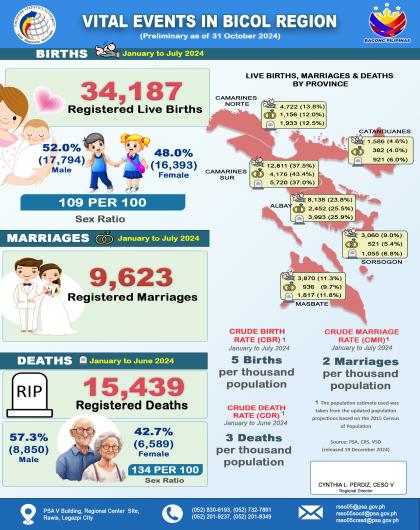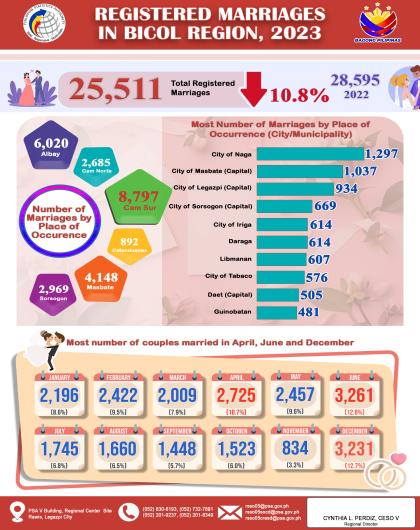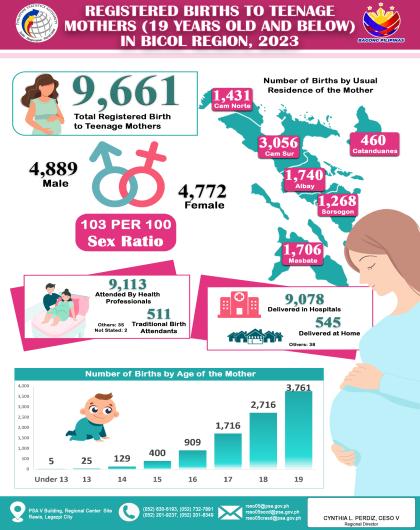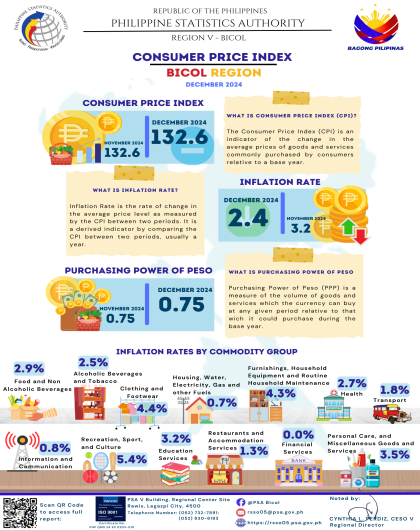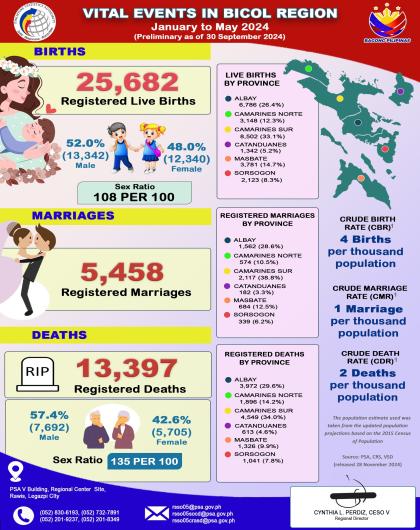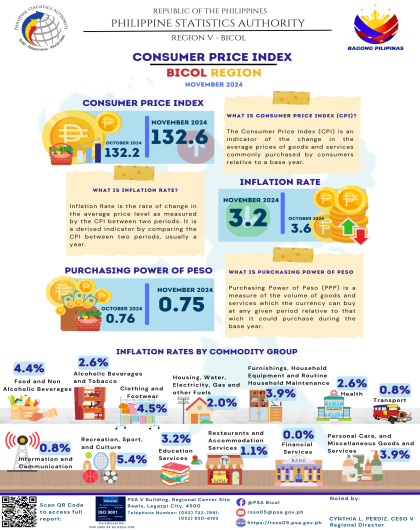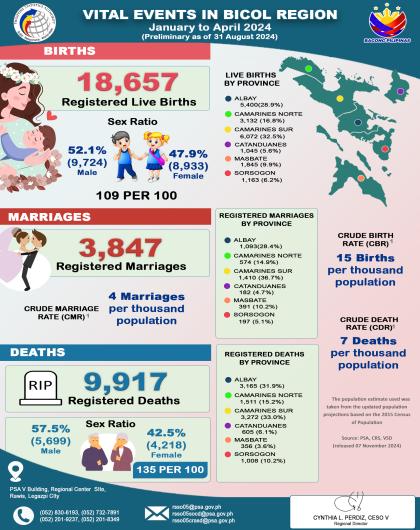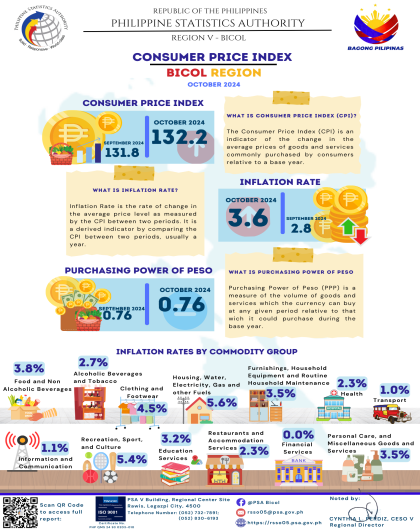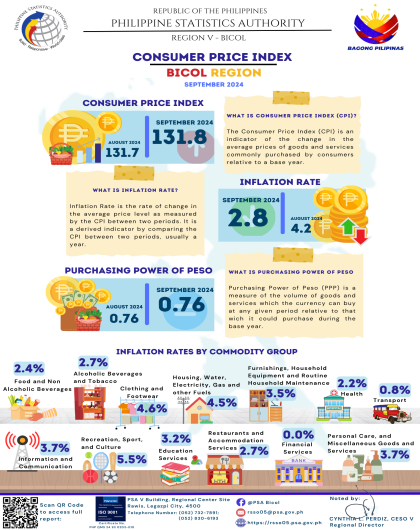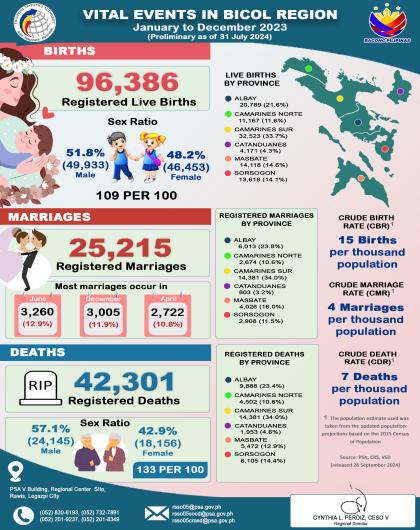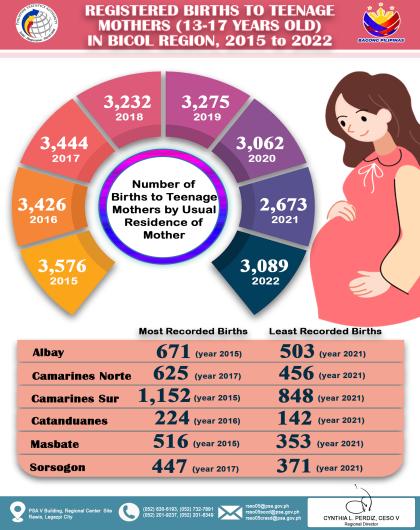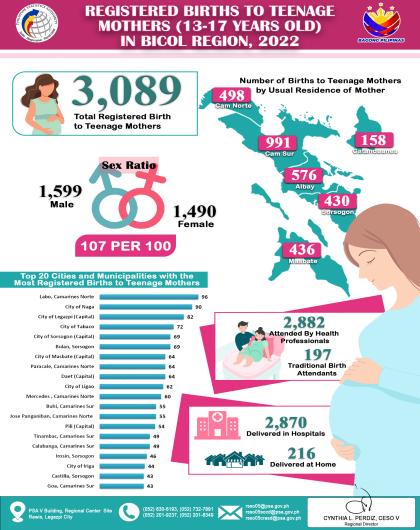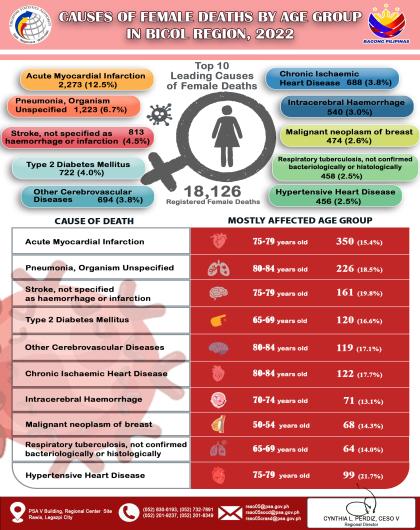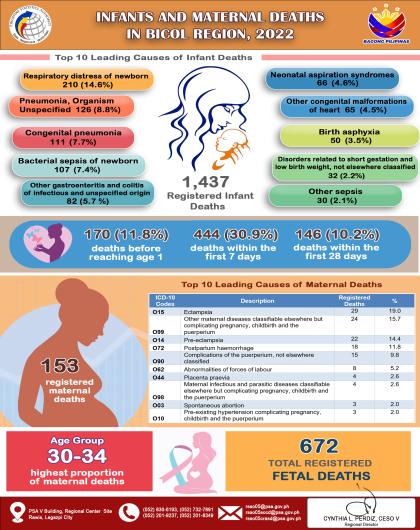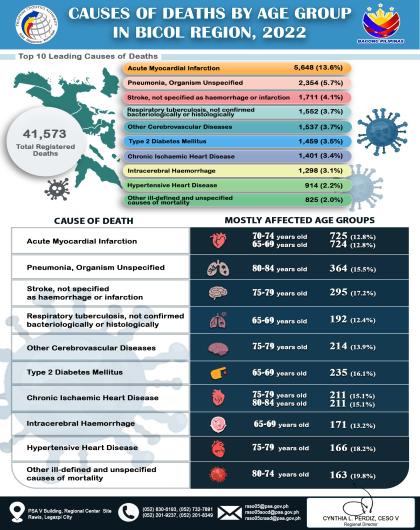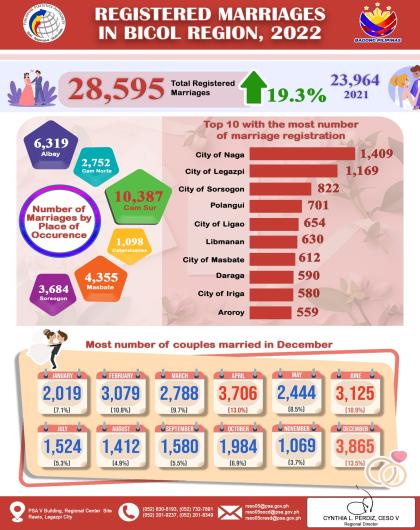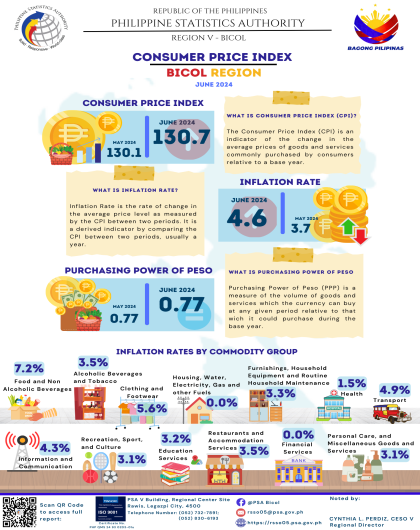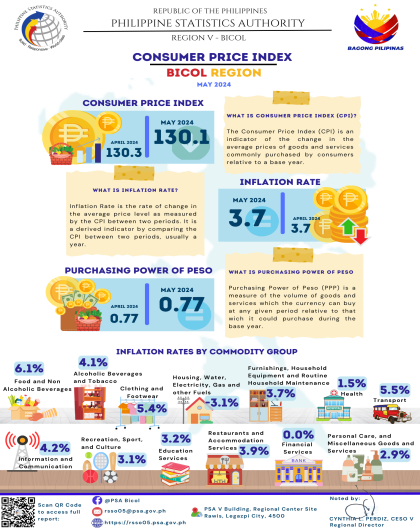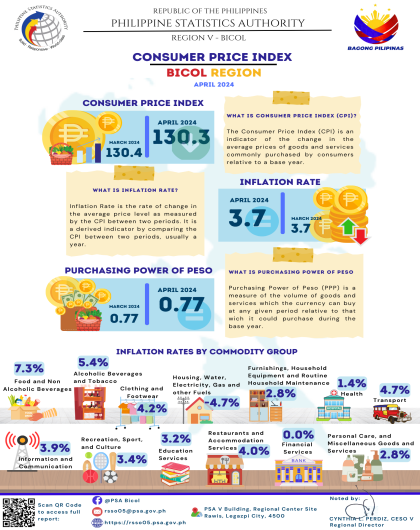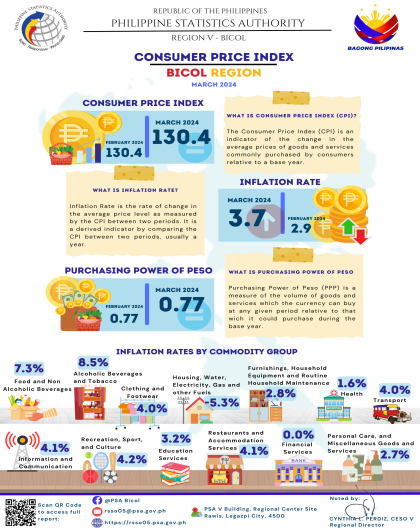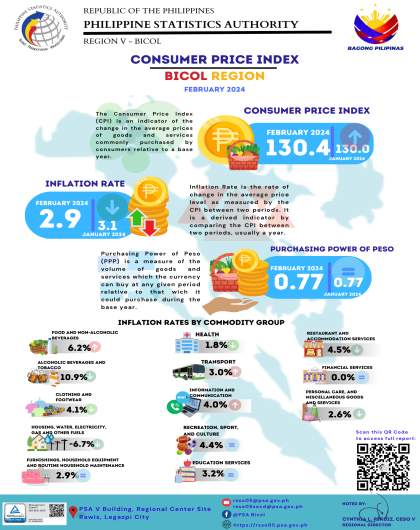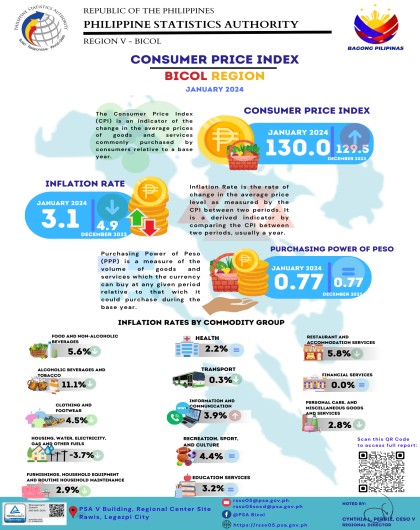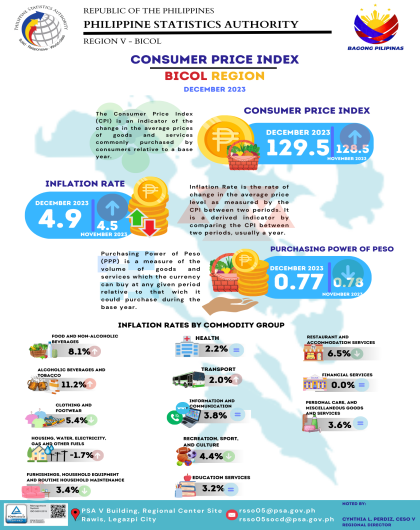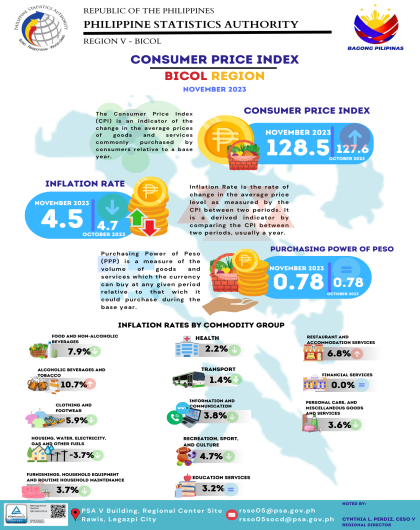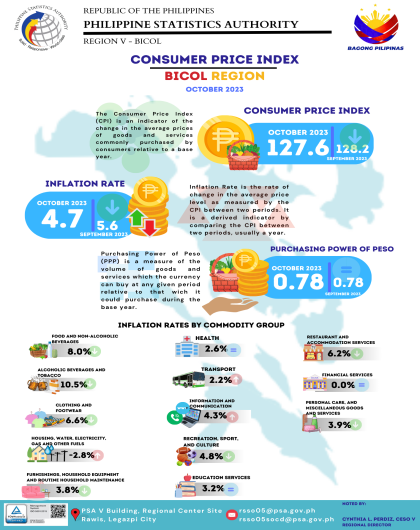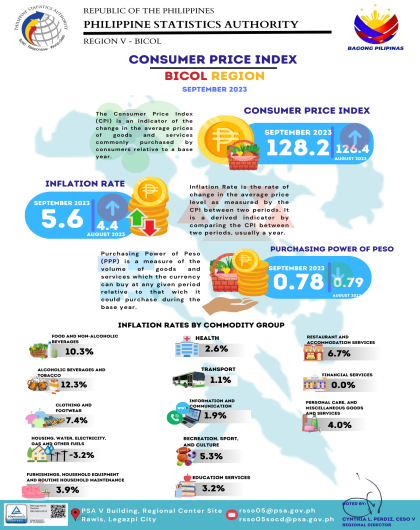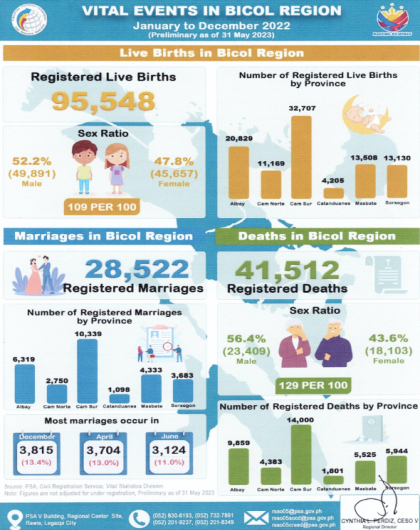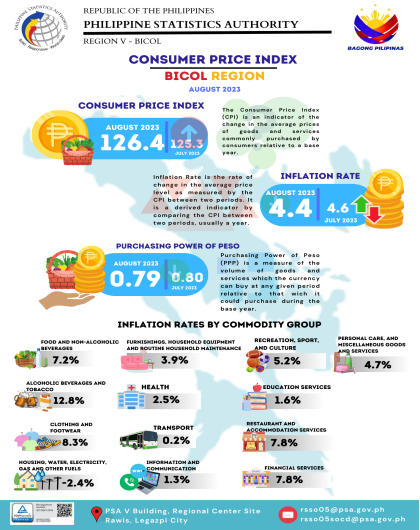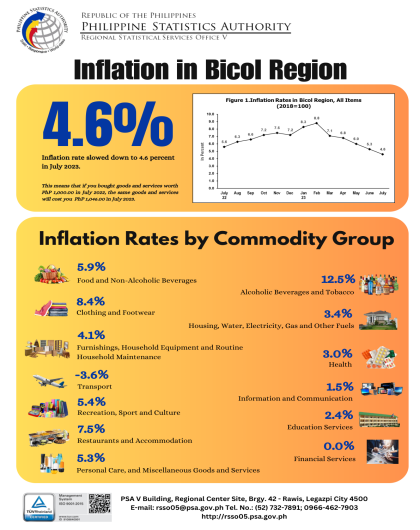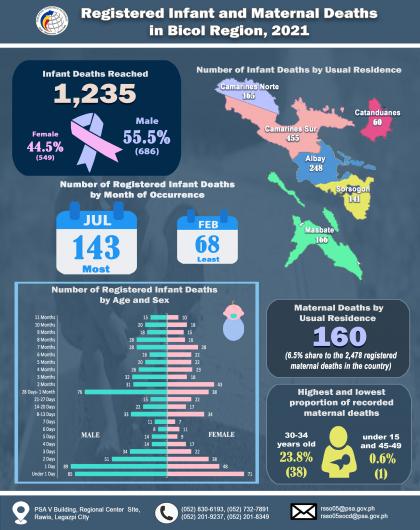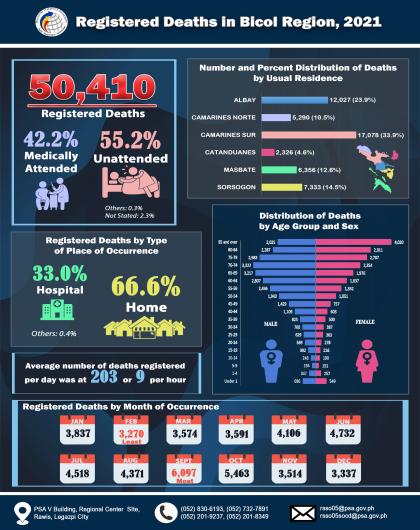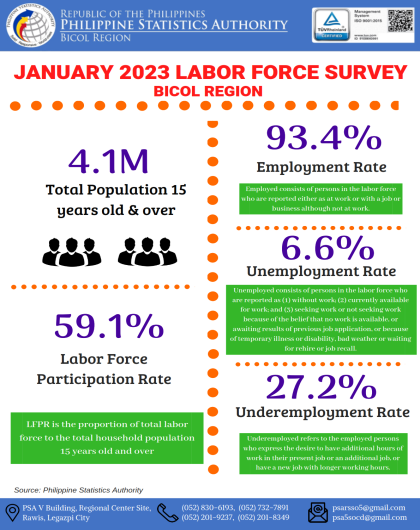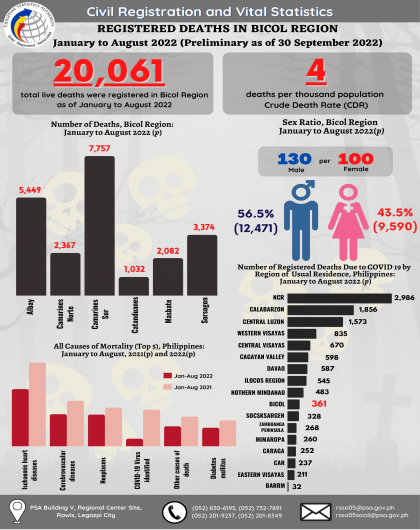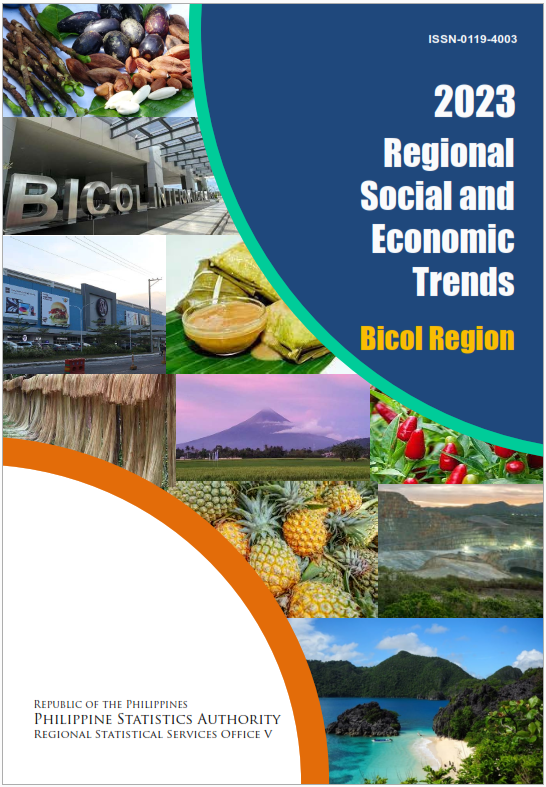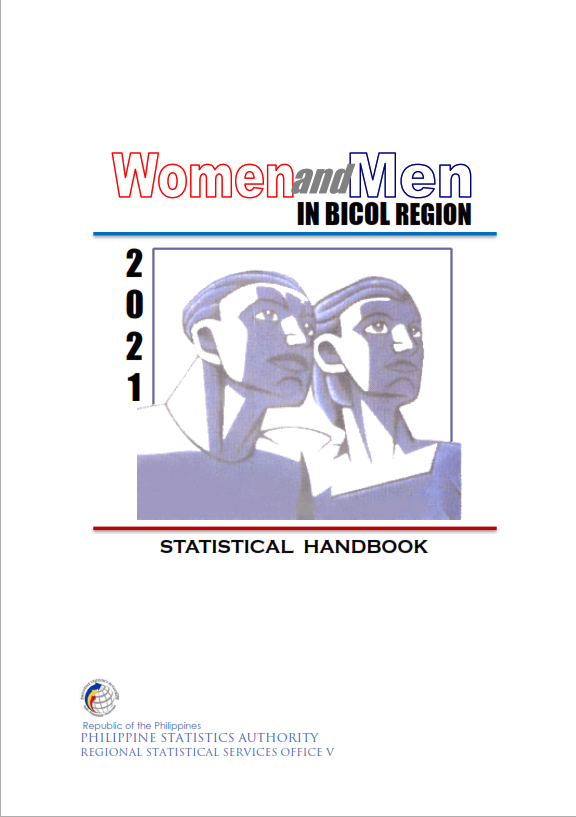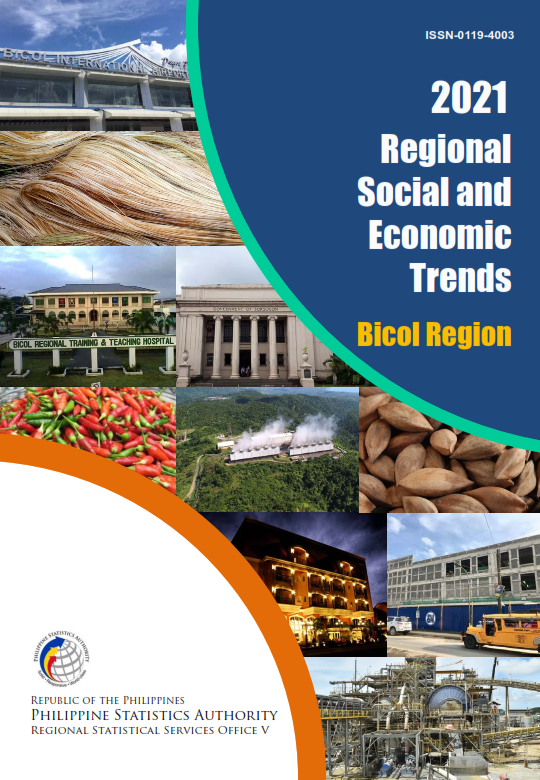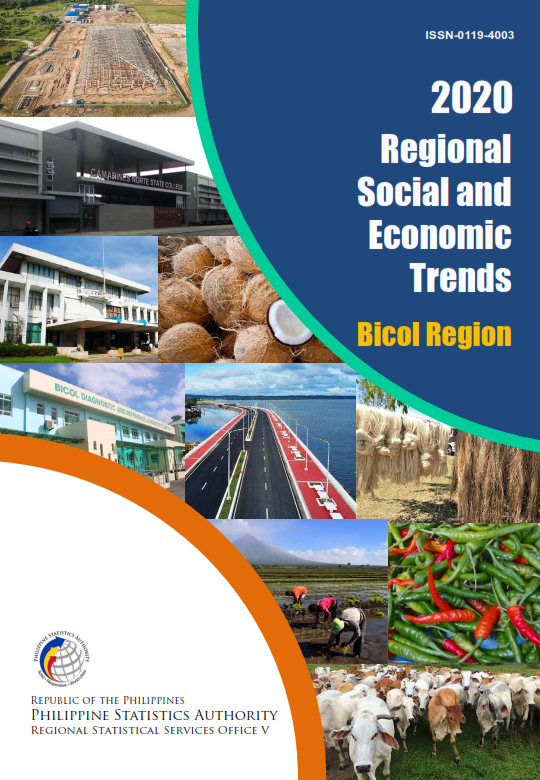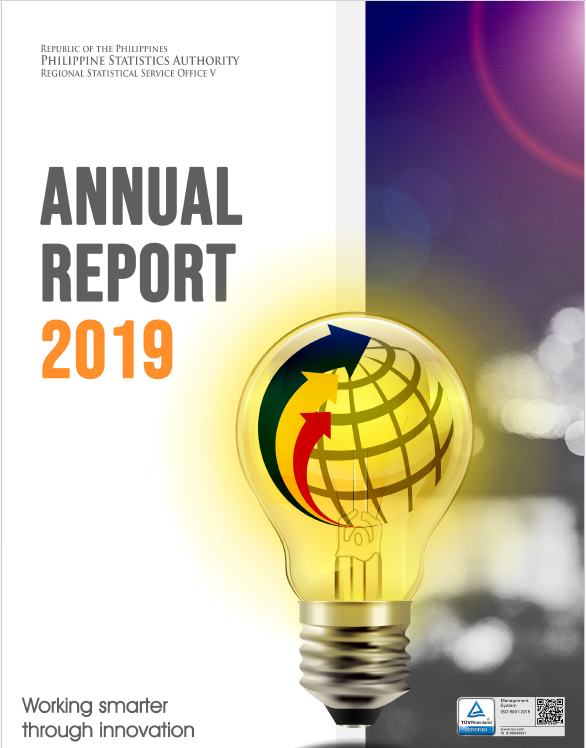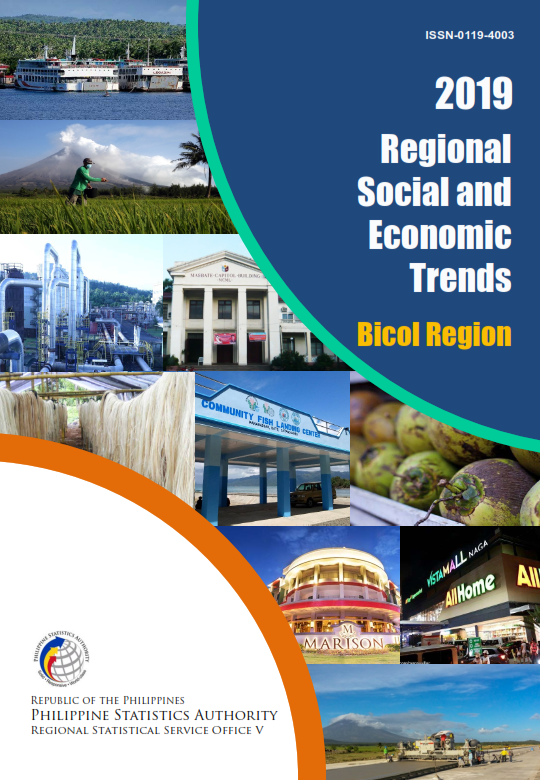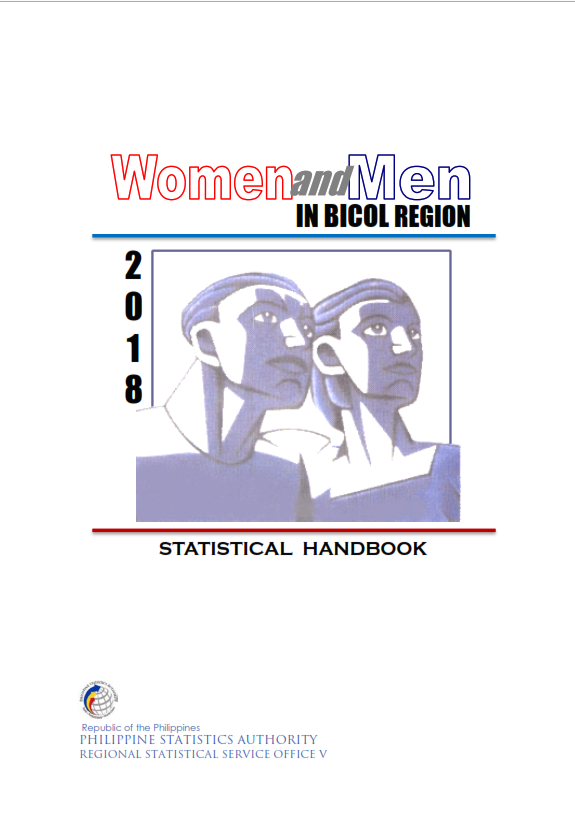

Headline Inflation
The province’s headline inflation or overall inflation slowed down to 3.3 percent in March 2025. This brings the provincial average inflation from January 2025 to March 2025 to 3.4 percent. Inflation in March 2024 was higher at 4.9 percent. (Table 1)
Main Drivers to the Downward Trend of the Headline Inflation
The downtrend in the overall inflation in March 2025 was primarily brought about by the slower annual increment in the index of transport index at 1.8 percent in March 2025 from 4.0 percent in the previous month. Also contributed to the downtrend was the year-on-year decrease in the food and non-alcoholic beverages index at 1.5 percent during the month from 1.6 percent in the previous month. In addition, a slower inflation rate was recorded for recreation, sport and culture index at 6.2 percent in March 2025 from 8.5 percent in the previous month. (Table 3)
Moreover, slower annual increases were noted in the indices of furnishings, household equipment and routine household maintenance at 6.1 percent in March 2025 from 6.3 percent in the previous month. (Table 3)
On the contrary, compared with their previous month’s inflation rates, higher rates were observed during the month in the indices of the following commodity groups:
a. Alcoholic beverages and tobacco, 5.9 percent from 5.6 percent;
b. Clothing and footwear, 8.1 percent from 7.1 percent;
c. Housing, water, electricity, gas and other fuels, 6.7 percent from 6.5 percent;
d. Health, 9.4 percent from 7.5 percent;
e. Information and communication, 3.8 percent from 2.4 percent; and
f. Personal care, and miscellaneous goods and services, 5.8 percent from 5.7 percent. (Table 3)
The indices of the rest of the commodity groups retained their respective previous month’s annual rates. (Table 3)
Main Contributors to the Headline Inflation
The top three commodity groups contributing to the March 2025 overall inflation were the following:
a. Housing, water, electricity, gas and other fuels with 32.0 percent share or 1.06 percentage point;
b. Food and non-alcoholic beverages with 20.3 percent share or 0.67 percentage share; and
c. Clothing and footwear with 9.1 percent share or 0.30 percentage share. (Table 4)
Food Inflation
Food inflation slowed down to 1.0 percent in March 2025 from 1.3 percent in the previous month. In March 2024, food inflation was higher at 7.3 percent. (Table 5)
Main Drivers to the Downward Trend of Food Inflation
The deceleration of food inflation in March 2025 was primarily brought about by the faster year-on-year decline of rice at 11.2 percent during the month from a 3.1 percent annual decrease in February 2025. This was followed by the slower inflation rate of fruits and nuts at 7.8 percent in March 2025 from 12.6 percent in the previous month and ready-made food and other food products n.e.c. at 4.1 percent in March 2025 from 4.8 percent in the previous month. (Table 5)
Moreover, slower year-on-year increases were observed in the indices of flour, bread and other bakery products, pasta products, and other cereals at 3.2 percent in March 2025 from 3.4 percent in the previous month. (Table 5)
On the other hand, higher annual growth rates during the month were observed in the indices of the following food groups:
Meat and other parts of slaughtered land animals, 7.2 percent from 3.0 percent;
a. Fish and other seafood, 8.5 percent from 2.4 percent; and
b. Vegetables, tubers, plantains, cooking bananas and pulses, 14.5 percent from 8.1 percent. (Table 5)
In addition, slower annual decrement was noted during the month in the index of milk, other dairy products and eggs at 2.6 percent in March 2025 from 3.2 percent annual drop in February 2025 and sugar, confectionery and desserts at 6.2 percent from 6.4 percent annual drop in the previous month. (Table 5)
Main Contributors to the Food InflationFood inflation shared 12.9 percent or 0.43 percentage point to the overall inflation in March 2025. The top three food groups in terms of contribution to food inflation during the month were the following:
a. Fish and other seafood with a share of 136.6 percent or 1.37 percentage points;
b. Meat and other parts of slaughtered land animals with a share of 113.6 percent or 1.14 percentage points; and
c. Vegetables, tubers, plantains, cooking bananas and pulses with a share of 106.2 percent or 1.06 percentage points. (Table 6)






CONCEPTS AND DEFINITIONS




